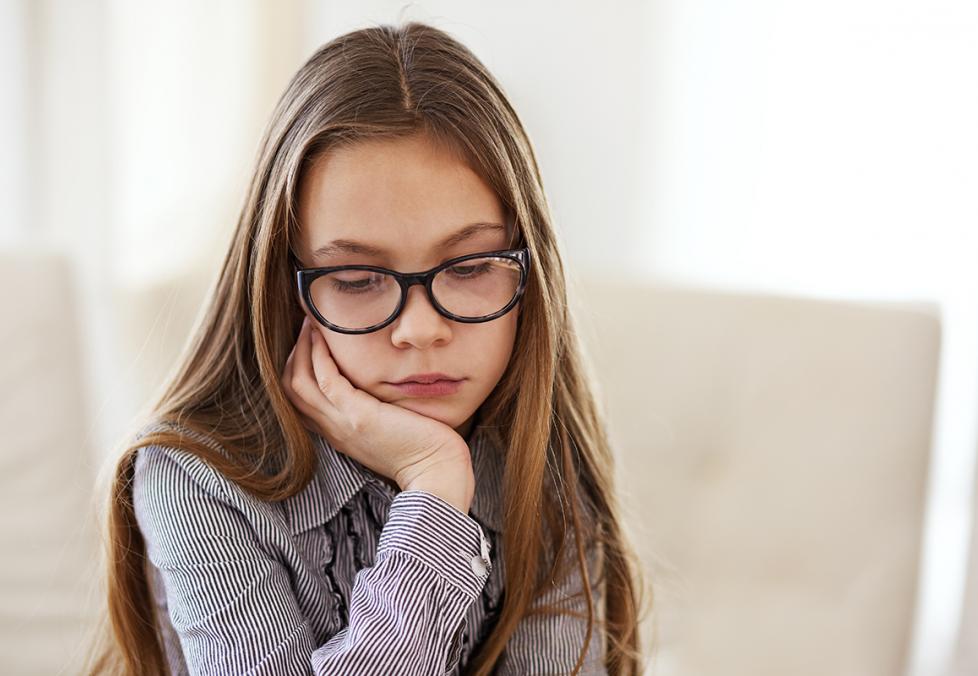
Pink eye and eye allergies can look deceptively similar. Here’s how to tell them apart, so you can properly treat your little one’s swollen, itchy eyes.

When you notice your child rubbing their eyes more often than usual, it’s bound to send up red flags.
Your mind will likely jump to one of two culprits: pink eye or eye allergies.
These two conditions can look almost identical — but they are totally different when it comes to causes and treatments.
“Pink eye and eye allergies have many similar symptoms,”says Zahraa Khan, O.D., F.A.A.O., an optometrist with America’s Best Contacts & Eyeglasses in Cuyahoga Falls, Ohio. “Look out for red eyes, excessive tearing, swelling of the eyelids, and constant rubbing due to itchiness.”
Assuming your child’s vision isn’t affected, there are a few remedies you can try at home while you monitor their symptoms. (If their vision is affected, it’s a good idea to call their optometrist right away.)
Here’s what you need to know about pink eye and eye allergies — including how to tell them apart, so that you can identify and treat it fast.
Have questions about your eye health or vision? Your America’s Best optometrist is here to help. Click here to find an exam time that fits your schedule.
Pink Eye vs. Eye Allergies: What’s the difference?
Pink eye (aka conjunctivitis) is when the tissue that covers the white area of your eye and your inner eyelid becomes inflamed. It comes on after exposure to bacteria, viruses, chemicals, or even allergens (allergic conjunctivitis).
Bacterial pink eye is particularly common among kids, who are more likely to get it than adults. It is one of the leading causes of missed days of school and day care.

“Many patients also have a cold upon the onset of conjunctivitis,” adds Dr. Khan, referring to adenovirus. That’s a bug that can cause both pink eye and a cold or a sore throat at the same time.
Eye allergies, on the other hand, are typically triggered by indoor or outdoor environmental allergens — think pollen, pet dander, dust mites, and mold — or a synthetic irritant such as cigarette smoke or perfume.
An important difference between pink eye and eye allergies: Pink eye is contagious, while allergies are not. If your child has pink eye, make sure you wash your hands after administering eye drops to avoid getting it yourself — or passing it on to others.
Recommended reading: 8 Sneaky Causes of Itchy Eyes (That Have Nothing to Do with Pollen)
Symptoms of Pink Eye and Eye Allergies
Although some signs of pink eye and allergies are similar, there are a few subtle differences that can help distinguish between the two.
Both conditions can cause watery eyes, but pink eye (especially the bacterial kind) tends to produce a thicker, mucus-like yellow discharge. Allergies are more likely to trigger an excess of clear tears.
Pay attention, too, to whether one or both eyes are showing symptoms. “Pink eye usually starts in one eye and may spread to the other, while eye allergies are commonly seen in both eyes at the same time,” says Dr. Khan.
Allergies also tend to come with intense itching, eyelid swelling, and little bumps on the inner eyelid called papillae. Pink eye may bring about a gritty, crusty feeling and eyelids that look puffy or droopy. If you think you might have papillae, it’s not a good idea to poke around yourself. Call your optometrist instead. They have the best equipment to spot papillae and make the right diagnosis.
How to Treat Pink Eye and Eye Allergies
You can try to tell pink eye and eye allergies apart by their different symptoms, but only an optometrist can accurately diagnose your child. It’s a good idea to schedule an appointment with their eye doctor as soon as you notice signs of either condition.
The treatment for pink eye depends on whether your child’s symptoms are caused by a bacteria or a virus. If it’s a bacterial infection, your optometrist will likely prescribe antibiotic eye drops.
“In some severe cases of pink eye, a topical steroid drop may be prescribed,” says Dr. Khan. “Be sure to implement proper hygiene, avoid sharing eye care items, and always use a clean washcloth or towel.”
In the event that your child’s pink eye is viral, you’ll likely continue a regimen of artificial tears (to ease itching) and cool compresses (to reduce swelling) until the infection resolves.
Bacterial and viral pink eye infections both typically go away within a week or two.
As for eye allergies, it can take one to three weeks for symptoms to go away. It all depends on the allergen and how much you can limit your child’s exposure to it.
“Seasonal allergies such as pollen may take longer to resolve than an irritant such as a new face wash,” says Dr. Khan.
Eye allergy treatment usually consists of over-the-counter antihistamine eye drops or, in more severe cases, a prescribed topical steroid. You can also try symptom-soothing methods such as artificial tears and cool compresses.
“If the symptoms haven’t improved within a few days or seem to get worse, see an optometrist,” says Dr. Khan.
It’s tough to see your little one plagued by itchy eyes. But by bringing them to an optometrist as soon as you notice an issue, you’ll have them back to school, fun, and friends in no time.
See our sources
Pink eye overview: Cleveland Clinic
Eye allergies overview: American College of Allergy, Asthma and Immunology
Adenovirus overview: Centers for Disease Control and Prevention

